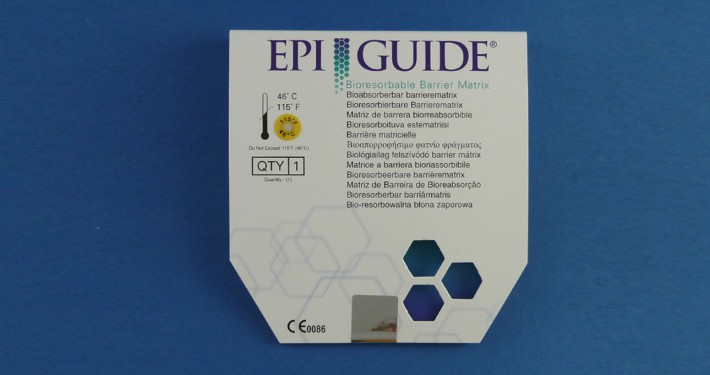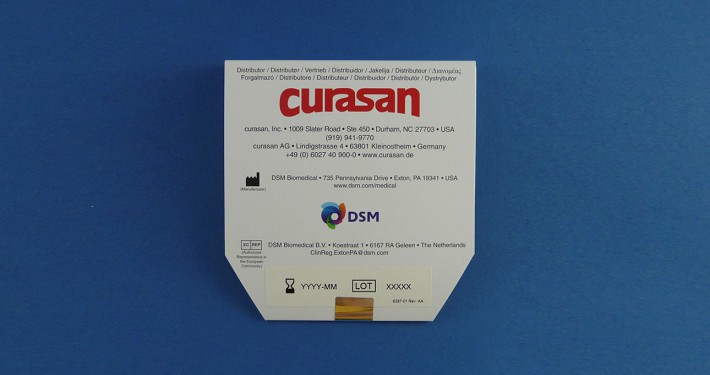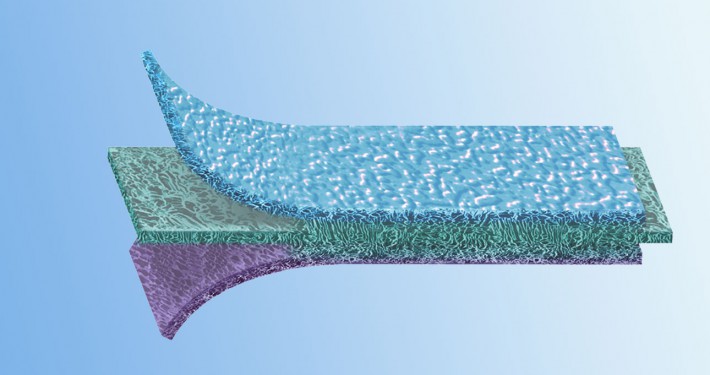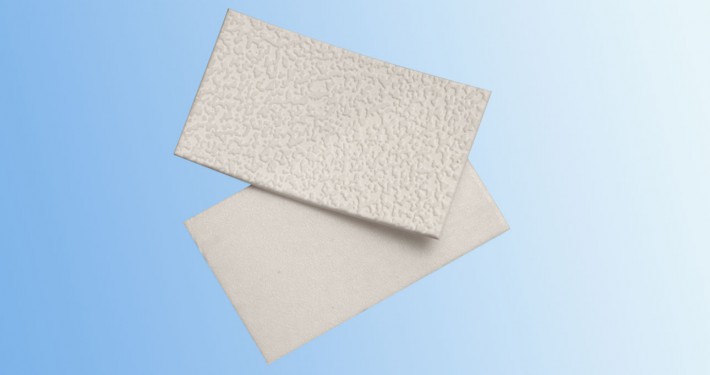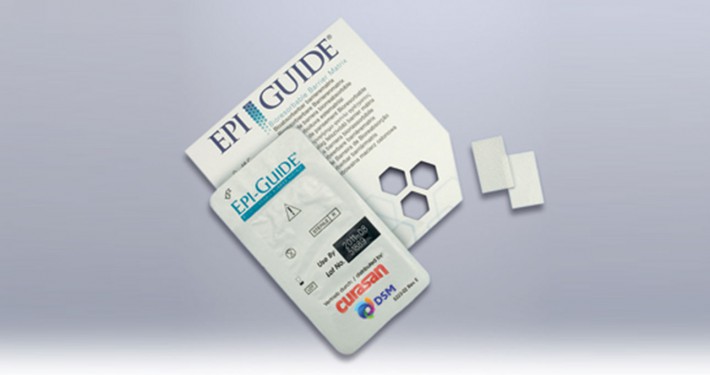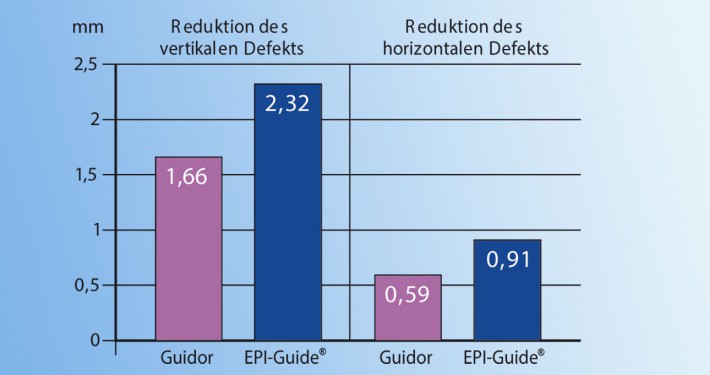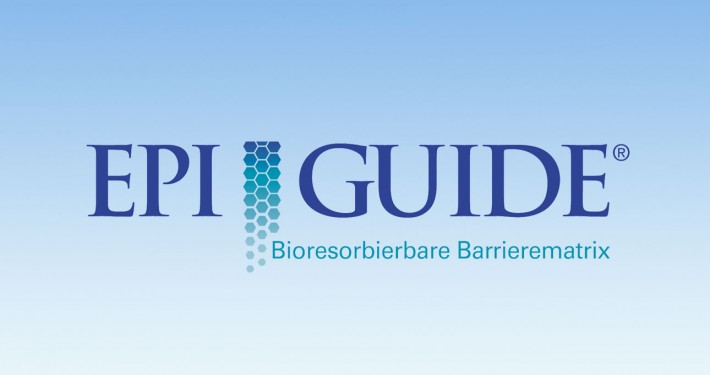EpiGuide®
Epi-Guide® is a uniquely structured, resorbable, synthetic membrane and is particularly suitable for use in periodontology.
Epi-Guide® consists of a bioresorbable polymer, which is synthesized from D–, D–L, L– polylactic acid. The polymer is broken down to carbon dioxide and water. Epi-Guide® is hydrophilic and has a patented multilayer architecture of different pore cavities. Its three–dimensional constructed density gradient is designed to attract and stabilize fibroblasts and epithelial cells. Acting as a space maker, it promotes the growth of bone and periodontal supporting tissue.
Epi-Guide® organizes fibroblasts and epithelial cells so that epithelian migration during the later healing phase is blocked. The barrier function remains intact over more than six weeks; complete bioresorption occurs within approximately six to twelve months.
(The safety of polylactic acid was demonstrated in numerous studies in the field of toxicology and its in vitro and in vivo biocompatibility in several animal species and in human beings.
Polylactic acid (PLA) is an immunologically inert substance. Because of its biological and mechanical properties, PLA polymers have been used for years in diverse therapeutic settings, and they have demonstrated to be biocompatible, biologically resorbable and non-toxic. The slow biological resorbability renders a second procedure unnecessary.)
Tolerance of these materials both in the area of the bone and in the soft tissues is documented in many applications.
- No second procedure
- Unique pore structure
- Healing without inflammation and resorption
The defect (e.g., furcation defect) is covered with Epi-Guide® mesially, distally and apically but not coronally, however, with 2 – 3 mm over the margin. The dimpled surface is aligned towards the soft tissue. Prior to the final placement, Epi-Guide® is moistened with blood from the defect or with venous blood.
This makes Epi-Guide® sticky and at the same time flexible, and it can be positioned accurately. It adapts well to the defect area. Even if it is unnecessary in most instances, the barrier can be stabilized with a fixation suture; this decision and the choice of suture is at the discretion of the surgeon.
The membrane can be individually cut and shaped, and adjusted. The 18 x 30 mm size is sufficient for one patient with several defects. Epi-Guide® can also be used as a resorbable membrane for larger defects. This spares the patient and relieves the surgeon of a second procedure.
Use in guided tissue regeneration (GTR) and guided bone regeneration (GBR), as for example
- Periodontology
 En
En Ar
Ar
